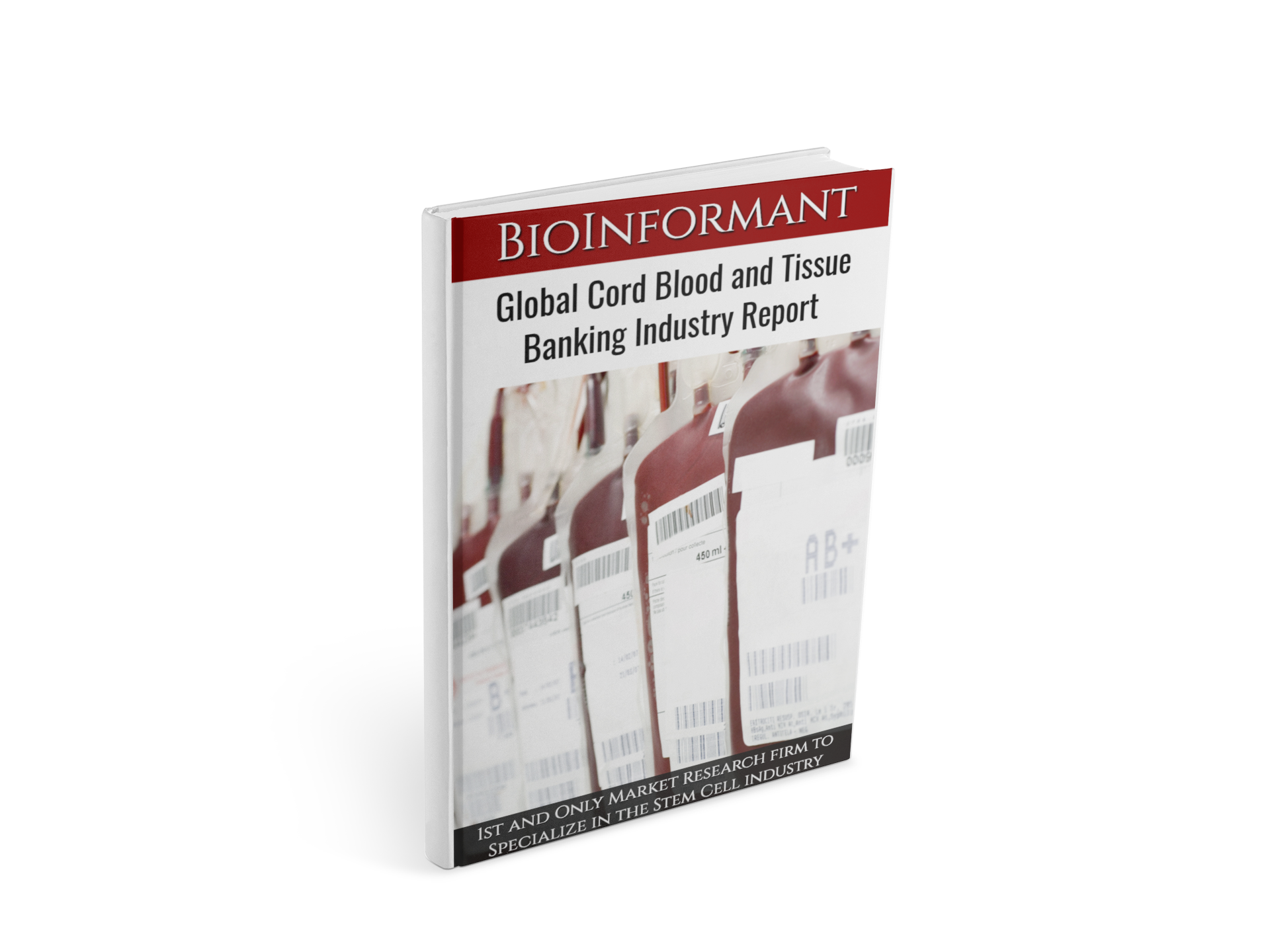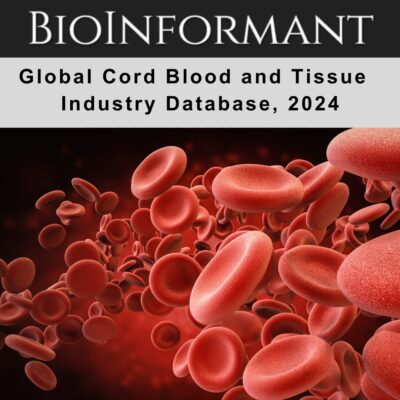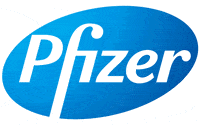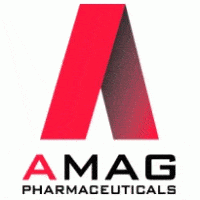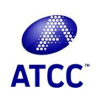描述
Market Report, 295 Pages
March 2024
The first transplant using cord blood-derived hematopoietic stem cells was performed in October 1988. Since that year, remarkable achievements have been made in terms of research into umbilical cord blood-derived hematopoietic and progenitor cells. To date, more than 40,000 UCB transplants (UCBTs) have been performed across different geographies of the world, in both children and adults, to treat diseases that include hematologic, metabolic, immunologic, neoplastic, and neurologic disorders.
During the past 35+ years, research in the umbilical cord blood field has made tremendous progress in the area of HSCT. Today, major efforts are focusing on increasing the rate of engraftment to reduce the risk of infection and cost. At present, there are over 400+ cord blood banks worldwide. Approximately half of them operate laboratory facilities, while the others contract with third-party partners to facilitate their processing and storage activities. As of 2024, there are over 800,000 units stored in public cord blood banks and more than 6.75 million units are stored within private banks worldwide.
Evolution of the Cord Blood and Tissue Market
Although cord blood storage emerged as a commercial service in the early 1990s, cord tissue storage didn’t emerge as a commercial service until 2008, when a Taiwanese company, HealthBanks Biotech Company Ltd., began offering the service making it the first company worldwide to do so. HealthBaby, a Hong Kong based company subsequently launched the service in 2009. Hong Kong-based Cryolife, added the service in 2009 as well. Within the United States, Cord Blood Registry (CBR) was the first private company to begin offering cord tissue storage in July of 2010. Today, nearly all U.S. cord blood banks and approximately one-third of global cord blood banks offer cord tissue storage.
For placental banking, LifebankUSA initiated the service in the U.S. when it launched placental blood storage in 2006 and placental tissue storage in 2011. In September 2017, Americord Registry became the second U.S. cord blood bank to provide offering placental tissue banking. Internationally, a few dozen cord blood banks offer placental blood and tissue storage services. Some cord blood banks have also diversified into the storage of other types of stem cell derivatives, such as dental pulp stem cells. For example, DentCell is a dental pulp stem cell bank controlled by Cryoholdco, the largest cord blood banking consolidator in the Latin America. A small number of cord blood banks have also expanded into adipose-derived stem cell storage.
For both therapeutic and financial reasons, the cord blood industry has been witnessing record levels of merger and acquisition (M&A) activity in recent years. Market consolidation has been particularly pronounced within Europe, Latin America, and the United States. Today, 80% of the global cord blood market is controlled by the world’s 10 largest cord blood banking operators. Large market competitors include Global Cord Blood Corporation (GCBC), Cord Blood Registry (owned by CooperSurgical), ViaCord, Cryo-Cell International, Cordlife Group, VCANBIO Cell & Gene Engineering Corporation, Lifecell International, Cryoholdco, and Medipost.
In this aggressive M&A environment, a growing number of cord blood banks have been venturing into new types of stem cell storage, as well as adding fertility and assisted reproductive services, newborn and maternal genetic testing, and venturing into cell therapy applications. Cord blood, cord tissue, placental blood and tissue, and amniotic fluid have demonstrated intriguing therapeutic promise, causing storage services for these biomaterials to proliferate.
While the private market has been consolidating to favor larger market competitors, the public (nonprofit) cord blood banks have been experiencing financial difficulties, particularly within the U.S. where many public cord blood banks are barely breaking even. Public cord blood banks spend from $1 million to $6 million for processing, testing, storing, and licensing technologies required for their operations. At the same time, revenue from the sales of cord blood units is relatively low and the loss is mostly compensated by government subsidies for registered units, as well as donations and grants.
Market Segments for Umbilical Cord Blood and Tissue
Currently, there are several market segments that compose the umbilical cord blood and tissue market. First, there is the storage (cryopreservation) market. This is a stand-alone market that generates substantial revenue from long-term storage contracts. In recent years, several major investment firms have entered the cord blood banking market by acquiring ownership stakes in cord blood banking companies.
Second, there is also a robust market for the use of cord blood within transplantation medicine for the treatment of diseases ranging from leukemia to sickle cell disease. To date, more than 40,000 UCB transplants (UCBTs) have been performed and over 80 medical conditions are approved by the U.S. FDA to be treated using hematopoietic stem cells (HSCs) from cord blood.
Third, a growing number of companies are now exploring the use of cord blood and tissue within regenerative medicine applications. For example, in the mid-2000s, scientists started investigating cord blood in acquired neurological indications. Pilot and clinical trials enrolling pediatric patients with disorders such as cerebral palsy, autism spectrum disorder, and acquired hearing loss have demonstrated the safety and effectiveness of administering minimally manipulated cord blood. In another example, RheinCell Therapeutics (presently owned by Catalent) achieved GMP certification to manufacture cord blood-derived iPSCs for use in the production of human-grade cell therapies.
Also, on April 17, 2023, the U.S. FDA approved the world’s first ever expanded cord blood cell therapy (Omisirge). This was a landmark moment because numerous companies have been pursuing this goal for years. Omisirge is being developed by Gamida Cell as an allogeneic cord blood cell therapy to speed up the recovery of white blood cells in cancer patients.
Cord blood has the potential to be an important source of therapeutic cells for a growing range of regenerative medicine applications. According to ClinicalTrials.gov, there are over 1,200 clinical trials evaluating the use of cord blood stem and progenitor cells. These studies use unmanipulated whole cord blood (total nucleated cells/TNC), mononuclear cells (MNC), or cord blood-derived mesenchymal stem cells (MSCs). These studies are targeting clinical indications that range from pulmonary diseases to orthopedic conditions, but the most common area of research is neurologic conditions—such as cerebral palsy, autism, stroke, and hypoxic ischemic encephalopathy. Of course, cord tissue-derived MSCs also have tremendous potential for use in regenerative medicine applications.
Finally, there is a growing market for cord blood and tissue-derived research supply products, including but not limited to cells, tissues, reagents, and kits. Within the research realm, cord blood products (fresh and cryopreserved) are being offered by a diverse range of major market leaders, including Lonza, STEMCELL Technologies, AllCells, and dozens of others.
Cord Blood Market Report
Overall, this report answers the following questions:
- Number of cord blood units cryopreserved in public and private cord blood banks globally
- Number of hematopoietic stem cell transplants (HSCTs) globally using cord blood cells
- Utilization of cord blood cells in clinical trials for developing regenerative medicines
- The decline of the utilization of cord blood cells in HSC transplantations since 2005
- Emerging technologies to influence financial sustainability of public cord blood banks
- The future scope for companion products from cord blood
- The changing landscape of cord blood cell banking market
- Extension of services by cord blood banks
- Types of cord blood banks
- Economic model of public cord blood banks
- Cost analysis for public cord blood banks
- Economic model of private cord blood banks
- Cost analysis for private cord blood banks
- Profit margins for private cord blood banks
- Pricing for processing and storage in private banks
- Rate per cord blood unit in the U.S. and Europe
- Indications for the use of cord blood-derived HSCs for transplantations
- Diseases targeted by cord blood-derived MSCs in regenerative medicine
- Cord blood processing technologies
- Number of clinical trials, number of published scientific papers and NIH funding for cord blood research
- Transplantation data from different cord blood registries
Key questions answered within this market report are:
- What are the strategies being considered to improve the financial stability of public cord blood banks?
- What are the companion products proposed to be developed from cord blood?
- How much is spent to process and store a unit of cord blood?
- How much does a unit of cryopreserved cord blood unit fetch on release?
- Why do most public cord blood banks incur a loss?
- What is the net profit margin for a private cord blood bank?
- What are the prices for processing and storage of cord blood in private cord blood banks?
- What are the rates per cord blood units in the U.S. and Europe?
- What are the revenues from cord blood sales for major cord blood banks?
- Which are the different accreditation systems for cord blood banks?
- What are the comparative merits of the various cord blood processing technologies?
- What is to be done to increase the rate of utilization of cord blood cells in transplantations?
- Which TNC counts are preferred for transplantation?
- What is the number of registered clinical trials using cord blood and cord tissue?
- How many clinical trials are studying the ex vivo expansion of cord blood?
- How many matching and mismatching transplantations using cord blood units are performed on an annual basis?
- What is the share of cord blood transplants compared to bone marrow and peripheral blood transplants from 2000 to present?
- What is the likelihood of finding a matching allogeneic cord blood unit by ethnicity?
- Which are the top ten countries for donating cord blood?
- What are the diseases targeted by cord blood and tissue derived MSCs within clinical trials?
This global strategic report presents a comprehensive snapshot of the cord blood and tissue banking market. It includes a detailed market size determination, with breakdown by geography, indication, and type of bank, as well as future projections for each segment through 2030. It reveals the number of cord blood units stored in inventory by the largest cord blood banks worldwide, as well as the total storage count for both public and private units in storage worldwide. It also presents the number of cord blood units (CBUs) released by registries across the world for hematopoietic stem cell transplantation (HSCT).
It reveals the identities of companies offering cord blood storage, cord blood processing technologies, cord blood expansion technologies, and cord blood therapeutics on a global basis. It provides coverage of recent M&A transactions, including the consolidation plans executed by the largest cord blood operators worldwide. Although cord blood is now used to treat 80 different diseases, this number will expand as regenerative medicine applications begin to receive approvals in major healthcare markets worldwide.
Given the accelerating complexity and competitive nature of this global market, you don’t have the time to do the research. Claim this market report to become immediately informed, without sacrificing hours of unnecessary research. BioInformant has tracked this market since 2006, providing it with an unprecedented 17-year historical data set on which to make future market predictions.
VIEW TABLE OF CONTENTS: Global Cord Blood & Tissue Banking Industry Report – Market Size, Segmentation, & Forecasts, 2024
About BioInformant
With an online readership of nearly one million viewers per year, BioInformant is a U.S. market research firm with 15 years of experience. As the first and only market research firm to specialize in the stem cell industry, BioInformant research has been cited by the Wall Street Journal, Xconomy, and Vogue Magazine. Headquartered in Washington, DC, BioInformant is strategically positioned to be near the National Institutes of Health (NIH), the U.S. FDA, the Maryland Biotech Corridor, and policy makers on Capital Hill.
The content within this market report was compiled using a diverse range of sources, as described in this Research Methodology. To select a License Type, click here.
Remember, all BioInformant products come with a Greater Than 100% Money Back Guarantee. If the strategies and tools aren’t helpful to you – we’ll cheerfully refund your money, and you can keep the product.
Have questions about this market report? Email us at [email protected] to get a rapid reply. Checkout below to get immediate access to this report, with printing rights allowed.
